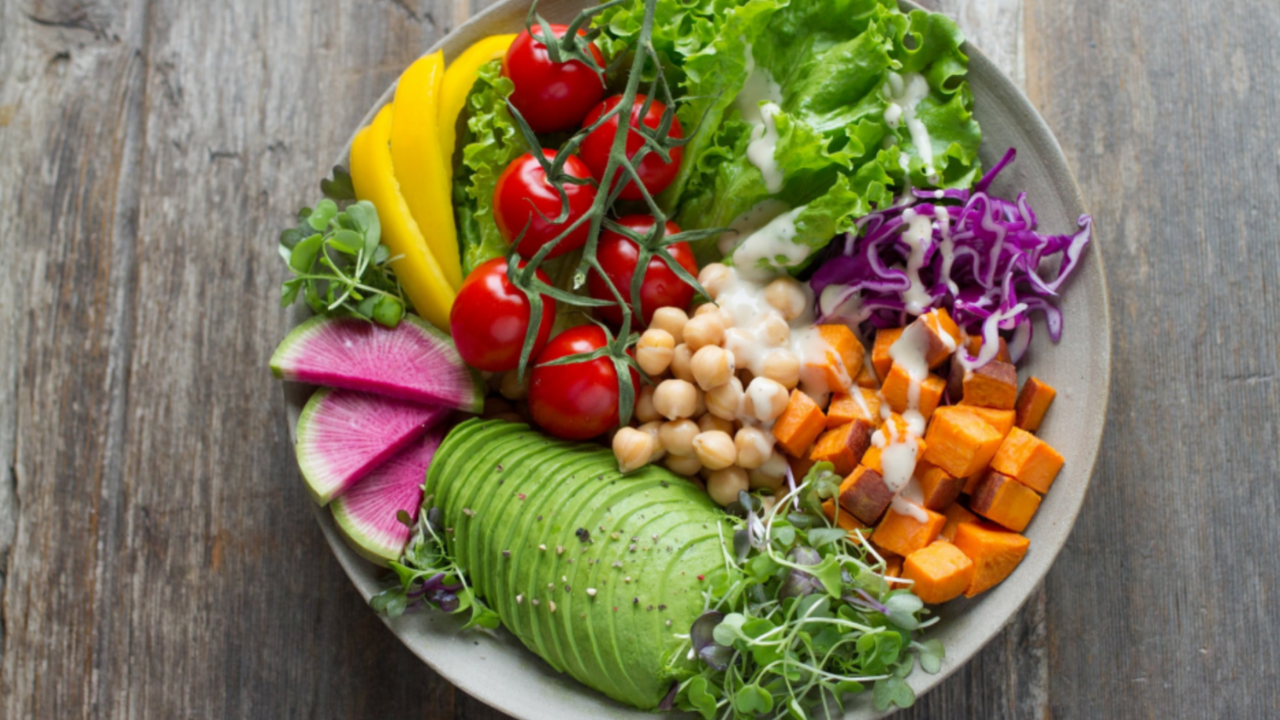
Eating for the Seasons with Madison Steele
Mar 29, 2022Eating for the Seasons
We often take it for granted that we can eat fresh berries in January or enjoy avocado toast every day of the year. What once was a natural dietary practice has become less familiar with our increasing ability to access any food we want at any time.
Before supermarkets and Instacart, humans only consumed what was being grown and ripe enough for harvest at that time—forcing them to into a natural dietary pattern of eating with the seasons. But now we have access to pretty much anything we could want, at any time we want.
All we have to do is head ten minutes down the road to the local grocery store.
We often lose touch with all the effort and work it took to get that food to us with this modern lifestyle.
What does eating seasonally mean?
Do you ever notice how strawberries are abundant during the summer and not as many during the winter? Or how they taste sweeter in the summer? Or how strawberries get more expensive in the winter? That is because strawberries are in season during the summer.
Eating seasonally is exactly how it sounds, food that is purchased and consumed around the same time it was harvested. Each season offers different fruits and vegetables that can be harvested. Find the complete list of what produce is available in each season below.
Ayurveda, an ancient Indian medical system, has a practice called Ritucharya, which translates into 'seasonal guidelines'. This outlines diet and lifestyles changes to make throughout the year following nature's natural seasons. Ayurveda believes Ritucharya is crucial to maintain homeostasis and prevent disease within the body as the weather changes.
Why should you eat seasonally?
Carbon Footprint
One of the most significant advantages of eating seasonally is that you reduce your carbon footprint. How far did those strawberries have to travel to make it to your plate? Everything we consume leaves a carbon footprint, and we are rarely encouraged to think about how far our food had to travel to get to our plate. The methods used to transport our food are a crucial contributor to the carbon emissions we release every day. Eating seasonally and locally would heavily reduce the footprint your food leaves on the planet.
Higher Nutrient Density
Foods grown and consumed within their season are found to be more nutritionally dense. Research shows that once produce is harvested, it immediately begins to depreciate in nutritional value. Then add on long travel times; it can take days and sometimes weeks for the food to get from harvest to the grocery store shelves. This leaves a long time for the food to sit there and lose nutritional value. Studies have found that spinach loses over 40% of its folate value after just eight days of storage.
Less Expensive
When produce is in season, it is in abundance, and therefore, it can be available at a lower price. If the produce is not in season, it will cost more to have it brought from the source to the supermarket, adding on additional cost for transportation.
Taste
Have you ever had tomatoes from a garden? And how did those compare to ones you would buy at the store? Almost every answer will be the same; the garden tomatoes taste way better. Produce sold in stores is intended to meet mass consumer needs. The main focus in fruit and vegetable production is to last over long periods of travel and produce a lot of it. The taste will deteriorate when such emphasis is focused on shelf life, uniform ripening, and high volume.
Support
When you purchase locally grown food, this helps to support the local farm that grew your food. In addition, when food is grown and distributed locally (local grocery stores or restaurants), this can create more jobs within your community. Therefore, helping to stimulate your local economy.
Tips for Eating Seasonally
-
Get to know your local growing seasons: Your location will determine exactly in season for you and when. But click here for a guide from the USDA with a general overview of produce and its' specific season or follow the guide below !
-
Step out of your comfort zone: Eating mainly seasonal produce might allow you to try some fruits and vegetables you have not before! It is a great way to step out of your comfort zone and try new things. You could make it a fun event, try a new recipe with the seasonal produce and share it with some friends!
-
Visit your local farmers market or try joining a local CSA (community-supported agriculture). These are both great places to find fresh and in-season produce. The CSA will be able to tell you which restaurants and businesses sell seasonal and local food.
Functional Nutritionist, Madison Steele is available for appointments through our website and the link below. Schedule a free 15 minute consultation with Madison for more information.


